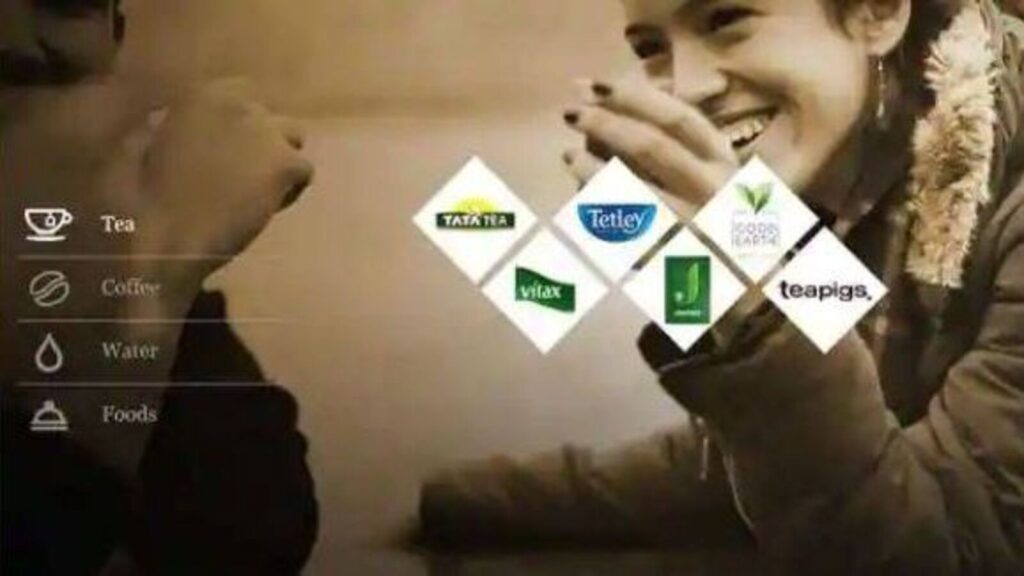For all their first impressions of adding a significant piece, corporate acquisitions don’t always work out in a pat manner. Tata Consumer Products, which closed two acquisitions last week at a combined enterprise value of about half its 2022-23 turnover, would know well. In February 2000, when Tata Consumer was known as Tata Tea, it acquired UK tea major Tetley—a company about twice its size.
While it spent a good part of the next decade trying to make that work, it also redefined its own boundaries of possibilities and how it would like to move towards them. Three things stand out, each of which runs through last week’s big announcement. One, the company can handle big and challenging acquisitions by playing the long game.
Two, it could be a leader in the branded and packaged foods and beverages (F&B) space. Three, more than global, India is the current engine of growth in this space. But Tata Consumer learnt all this the hard way.
Of the three five-year periods between 2000 and 2015, as it absorbed Tetley, its stock barely beat the Sensex only in one. While Tetley was a respected global brand, it was laden with debt, its operating costs were high, and it was culturally different. Tata Tea did not stop there.
Between 2005 and 2007, it made more acquisitions, especially abroad. While these built its name and were value-accretive, it took a re-imagination in 2020 by the Tata Group on how to best ride the F&B space that catapulted it to a higher trajectory. Global consolidation Before that, there was a period of consolidation as Tetley and the other brands were integrated.
Tetley was the first of the three big global acquisitions that the Tatas would make that decade, the other two being Tata Steel’s acquisition of steelmaker Corus and Tata Motors’s purchase of Jaguar Land Rover. Tetley was also a watershed moment for corporate India—of an Indian company buying a global company, of a smaller company using debt to buy a bigger one. Shaped by R.
K. Krishna Kumar, a Tata Group veteran who passed away last year, Tetley was intended to be a pathway for Tata Tea to go global and lift the branding credentials of its product portfolio. Even as it integrated Tetley, the company started diversifying beyond tea and coffee.
In 2010, it was renamed Tata Global Beverages. It focused on tightening its ship, crafting synergies and increasing profitability. Thus, its consolidated debt-equity ratio, which was 1.
53 in 2001-02, was gradually brought down to 0. 11 in 2016-17. Even as this happened, the company was seeing greater growth in its India business than in the global business.
While the exact India-international mix is not available for all years, owing to the company’s choice to house acquisitions in separate entities, its standalone numbers serve as a useful proxy for the India piece. In each of the five financial periods that broadly coincide with the return periods outlined above, the standalone revenues of Tata Global Beverages grew faster than its consolidated revenues, that too by some margin. The global market was not as easy and enticing for an Indian company, and India was a good market for the company to be in.
The India breakout India also held more potential beyond the envelope that Tata Global Beverages had drawn for itself till then. The company started making moves to shed its beverage tag. In 2015, it launched spices and dal brand Tata Sampann.
Then in 2020 came the clearest sign of what it wanted to be. The Tatas merged the consumer products business of into Tata Global Beverages to form Tata Consumer Products. In came Tata Salt (the largest salt brand in India) to sit alongside Tata Tea (second-largest tea brand in India), Tetley (third-largest tea brand in the UK and the largest in Canada), and others.
In 2021, the company acquired food brands Soulfull and Tata Q. And last week, it acquired Capital Foods, the maker of Ching’s Secret and Smith & Jones, for an enterprise value of about 5,100 crore, and Organic India for 1,900 crore. Both these companies add to Tata Consumer’s F&B product portfolio.
Capital Foods gives it a presence in sauces, chutneys, noodles, soups, and Chinese masalas and pastes. Organic India gives it a presence in organic tea, infusions and packaged food, and herbal supplements. According to Tata Consumer, it is paying about 6.
5 times their combined revenues for brands that are known, fast-growing and high-margin. This is expected to further improve the company’s operating margin on a consolidated basis, which rose from 8% in 2013-14 to about 11% in 2022-23. It will also further increase the share of revenues from India (71% in 2022-23) and share of revenues from food (58% in 202-23).
Acquisitions are at the heart of this change, and Tata Consumer will hope they are easier to absorb, and be more productive, than Tetley. .
From: livemint
URL: https://www.livemint.com/companies/tata-consumer-s-big-appetite-for-mas-11705466207312.html
